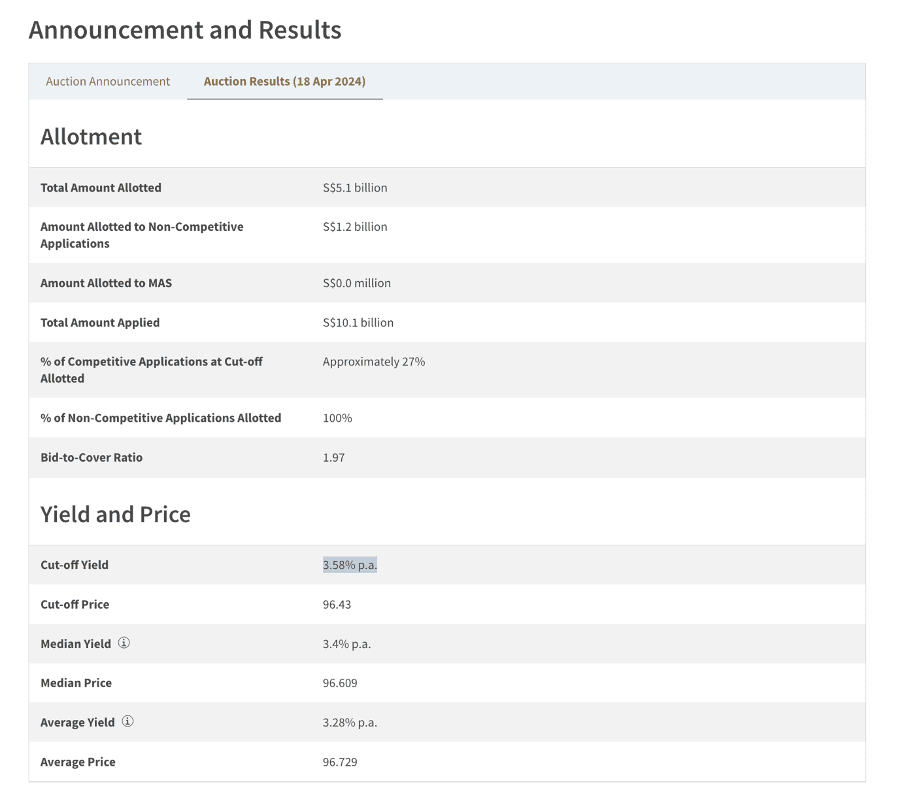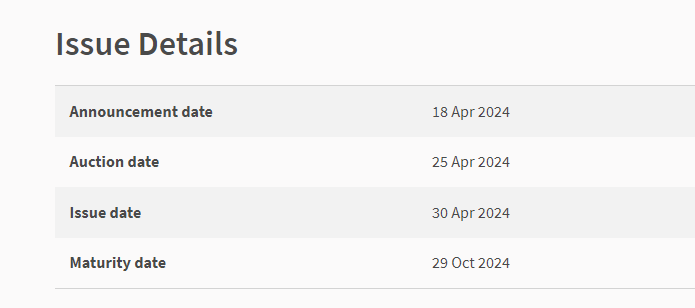With the ongoing financial crisis, the author of this article (financial times, UK) is alerting policyholders with participating (or with profits) life policies to face the prospect of lower pay-outs and higher exit charges. Which raises the $64 million question: Does this apply to Singapore insurers as well?
By: Patrick Lim
With-profit pay-outs set to fall up to 20%
Published: October 17 2008 19:36
Investors in with-profit funds face the prospect of lower pay-outs and higher exit charges amid the global financial turmoil.
With-profit funds attempt to smooth volatility by holding back some returns in good years to top up policies when the performance is poor.
With-profit policies were the mainstay of British life assurance until earlier this decade when their popularity declined after three years of falling stock markets.
Some funds have already announced reduced pay-outs, but analysts expect further cuts.
“Returns are going to be hit,” said Ned Cazalet, the independent life assurance analyst. “[With-profit funds] are investment funds with a bit of smoothing and some guarantees . . . The markets are down, then the [with] profit returns are down and the pay-outs are down.”
Mr Cazalet said funds would be hit by the fall in equity markets, as well as poor returns from corporate bonds and commercial property.
He estimated that the portions of with-profit funds belonging to policyholders could be facing losses of between 15 per cent and 20 per cent as a result of market movements this year.
He said funds that still paid an annual bonus to policyholders – annual payments that once added, cannot be reversed – would be reviewing the level of these payments.
Matthew Pitcher, wealth adviser at Towry Law, said terminal bonuses, the “final boost” to policy values, would also be expected to come under pressure.
“We are expecting to see terminal bonuses cut in the next few months,” he said. Analysts and advisers said they expected to see market value adjustments or reductions, the penalties that savers pay to exit with-profit funds known as MVAs or MVRs, reintroduced or increased.
The amount paid out to with-profit policyholders also matters to investors in life assurers, as in many cases policyholders are entitled to 90 per cent of the money distributed in bonuses, while shareholders are entitled to 10 per cent.
The expectation of lower returns comes amid increasing concern about the financial health of life assurers after sharp falls in their share prices this week.
Some concern has centred on funds that no longer write new policies, but continue to pay claims. These are often dubbed zombie funds.
Resolution, the listed zombie fund investor was sold to Hugh Osmond’s Pearl Group in a £5bn deal that completed earlier this year.
People close to Pearl offered reassurance about its financial strength, saying that it had hedged away as much of its risk as possible, with hedging in place to cover equity, interest rate and bond risks, among others.
Pearl also employs sophisticated techniques, imported from the capital markets, to match its assets and liabilities in real time, they added.
It had also not asked the FSA to relax the capital rules for life assurers, people close to Pearl said.
Pearl won the race to acquire Resolution in a highly leveraged deal struck almost a year ago, but it did not need to refinance for a very significant period, the people close to it added.
Copyright The Financial Times Limited 2008
Patrick's comments:






